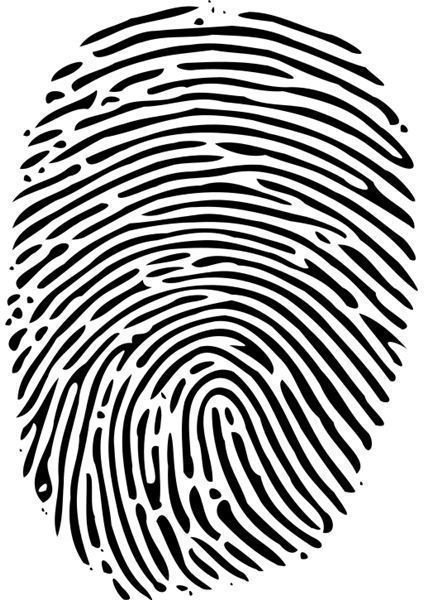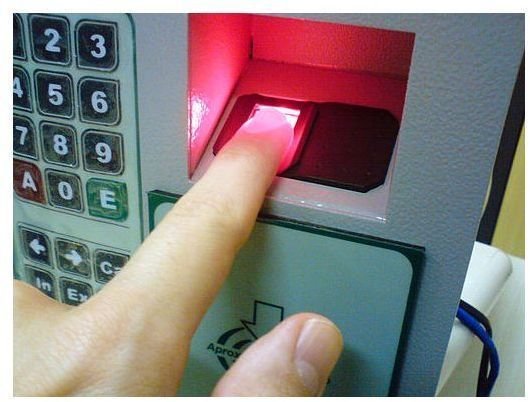Explaining Biometric Fingerprint Identification and How It Works
A Little Background
Identification based on fingerprints is an established form of biometrics that is widely used because fingerprints are easy to collect during the enrollment process and effective in use. Fingerprints have long been used for identification purposes because of their permanence and uniqueness.
Historically, fingerprints had to be taken in latent ways using, for instance, ink and paper. Yet these days, live scanning of fingerprints is more common for the sake of convenience and processing speed.
Recognition
Thanks to advances in computing, fingerprints have become widely accepted for automated recognition of individuals, which is identification and authentication by means of biometrics. Biometric fingerprinting for identification purposes uses a combination of the form of ridges and characteristic points within the ridges, called minutiae, as patterns.
In order for biometric fingerprint systems to work, the individual’s fingerprints must be taken (*) during an enrollment process using a fingerprint sensor to produce the biometric template—which is usually saved encrypted for security purposes—using image processing software and hardware for storage.
(*) Optical sensors using visible light called scanners are prevalent. Among other sensors are systems measuring capacitance using physics equations, ultrasound (high frequency wave visual representation) as well as temperature (thermal imaging).
Identifying Fingerprints

When used for identification purposes after enrolling, the biometric system seeks the entire database for matching patterns including, for instance, arches, loops and whorls (ridges) as well as bifurcations, crossovers and endings (minutiae).
If the input pattern matches a biometric template then the individual is identified. However, in theory, chances for false accepts, called the false accept rate, exist. That is why a second security measure, e.g. a badge or ID card, should be required to allow for additional verification or authentication.
If the input pattern does not match a biometric template, the individual’s biometric fingerprint is rejected, which could mean either that the individual’s template has not been enrolled, or there is an instance of a false rejection. Scanning more fingers will tell; fingerprinting has the advantage over other biometric systems that up to ten templates can be enrolled and used for recognition.
Please note that fingerprints cannot not only be used for identification but also for authentication as explained in our article Different Uses of Biometrics.
Faking Fingerprints
The answer to the question if someone’s finger could be cut off by criminals and presented to the biometric sensor in order to trick the system into identification acceptance to commit a theft or gain unauthorized access somewhat depends on the model-specific presence or absence of sensors’ additional levels of security for fake prevention—such as blood flow and pulse measurement for example. So, in theory, cutting someone’s finger may work with simple sensors, but chances of success are small in any case.
The Bottom Line
Biometric fingerprint identification is a solid technology to identify individuals based on patterns of their fingers’ skin using optical and other sensors. It should be noted that fingerprint scanning using biometrics can be used for automated recognition in both aspects—identification as well as authentication.
Make sure to check out our article about the pros and cons of biometric security measures.
References
Image Credits:
